Lidocaine: Current Concepts and Emerging Roles in Clinical Practice
Lidocaine is a short-acting local anaesthetic agent first developed in 1943. It was one of a number of synthetic local anaesthetic agents developed in the first half of the 20th Century to replace cocaine, whose toxic and addictive side-effects caused the surgical use of this drug to decline dramatically. By contrast, lidocaine is one of a group of amino amide local anaesthetic agents whose safety and efficacy have stood the test of time, even after more complex and longer-acting amino amide agents, such as bupivacaine, have been introduced. Lidocaine is still widely used throughout the world to provide local anaesthesia and analgesia for a wide variety of surgical procedures. In spite of its popularity, however, the numerous additional actions of lidocaine, both therapeutic and toxic, have had very little scrutiny in spite of several decades of widespread use. This book attempts to fill some of the gaps in this knowledge. The use of lidocaine as a safe agent for spinal anaesthesia is re-evaluated, and a case is made for the re-introduction of lidocaine for this purpose. The complex action of lidocaine in acute perioperative pain is explored, including its actions at multiple neuronal sites and secondary effects on pain perception via its potent anti-inflammatory effect. These properties may explain the efficacy of lidocaine as an intravenous analgesic. It is frequently forgotten that lidocaine, like any other drug, has a complex pharmacodynamic profile, and may be displaced from its protein binding sites by other agents, thus increasing its potency. The use of clonidine and diphenhydramine, which actively compete with lidocaine for protein binding, is discussed as a mechanism to improve the analgesic effect of lidocaine in severe oral and dental pain, which is frequently refractory to other agents. Lastly, the potentially toxic effects of lidocaine in some tissues should be remembered. The mechanism of the profoundly damaging effect of lidocaine on cartilage growth and repair is described. This evidence reinforces the clinical view that lidocaine should not be used as an analgesic for arthroscopic procedures, and acts as a reminder that even very commonly used and generally safe drugs should always be studied in detail when new uses are found.
{{comment.content}}
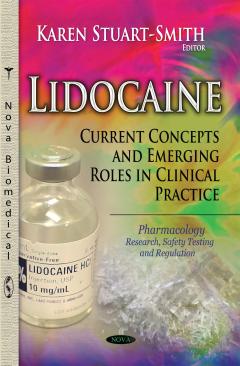
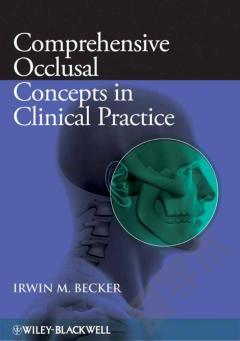

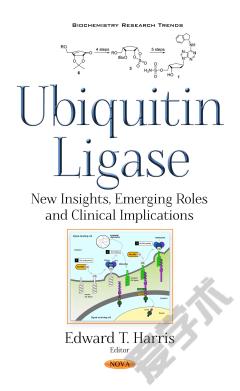
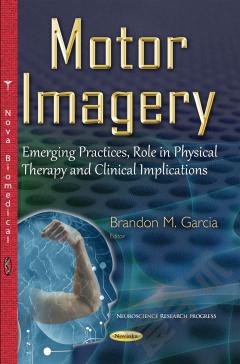
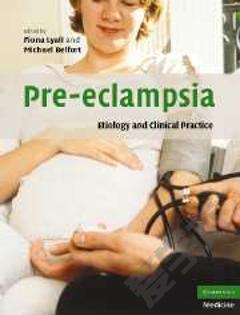


 京公网安备 11010802027623号
京公网安备 11010802027623号